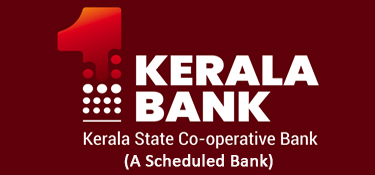The Cabinet Committee on Economic Affairs (CCEA), chaired by the Prime Minister Shri Narendra Modi, has given its approval for implementation of an umbrella scheme for integrated development and management of fisheries at an outlay of Rs.3,000 crore, for a period of five years.
The Central Sector Scheme covers development and management of inland fisheries, aquaculture, marine fisheries including deep sea fishing, mariculture and all activities undertaken by the National Fisheries Development Board (NFDB) towards realizing “Blue Revolution”.
The scheme provides for suitable linkages and convergence with the “Sagarmala Project” of the Ministry of Shipping, Mahatma Gandhi National Rural Employment Guarantee Scheme (MGNAREGA), Rashtriya Krishi Vikas Yojana (RKVY), National Rural Livelihoods Mission (NRLM) etc.
The Central Sector Scheme aims at a focused and integrated approach for development and management of fisheries and aquaculture sector to ensure a sustained annual growth rate of 6% – 8% as against an overall annual growth rate of about 4% during the 11th Five Year Plan period.
The scheme with its multi-dimensional activities, focuses mainly on increasing production and productivity from aquaculture and fisheries resources, both inland and marine. The scheme is intended to utilise most of the unutilised fisheries resources keeping in view the overall sustainability, bio-security and environmental concerns.
The scheme would also encourage increasing private investment, entrepreneurship development, more Public Private Partnership (PPP) and better leveraging of institutional finance. Besides, the scheme encompasses skill development and capacity building in fisheries and allied activities; and creation of post-harvest and cold chain infrastructure facilities.
The scheme would benefit the entire fisheries sector covering about 14.50 million fishers. Besides the fishers, the scheme would also benefit other stakeholders such as fish farmers, fisheries entrepreneurs, fish retailers, wholesalers, fish processors, fish exports and women groups amongst others.
Besides the increase in fish production at the primary level, the scheme would also stimulate growth of the subsidiary and allied industries and growth of other related economic activities, especially in the coastal regions, leading to many direct and indirect benefits to the entire fisheries sector.














































